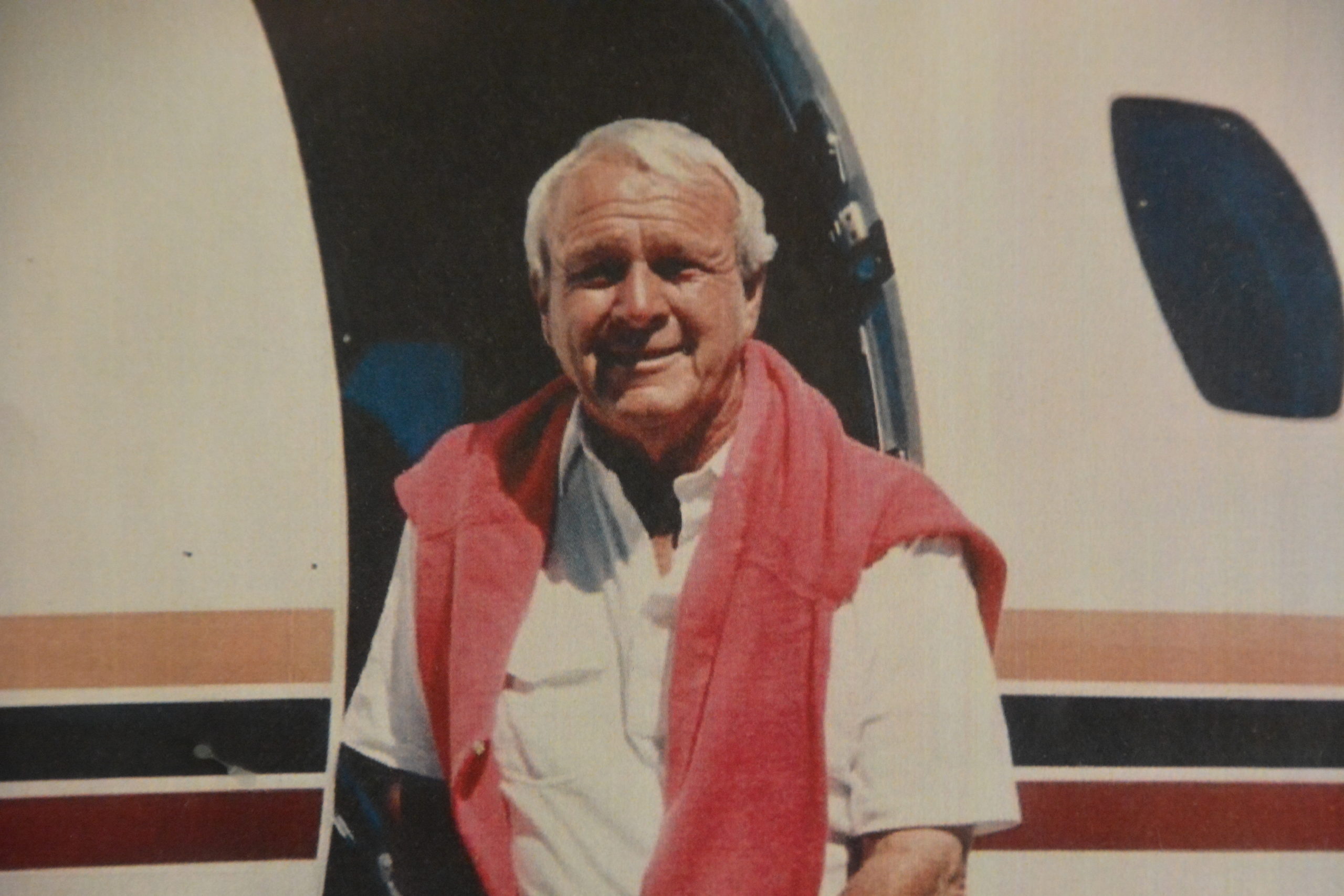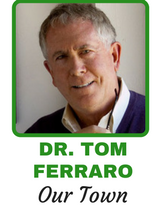Many years ago we owned thoroughbred horses. On special occasions, I would invite some friends to join me when one of our horses was in a big stakes race. One of our fastest and most profitable horses was Dr. Carrington and one Saturday we entered him in the Grade II Whirlaway Stakes at Belmont.
He won that race going away which is neither important nor interesting. But what was unique that day was a photo taken of our group shortly before the race was run.
If I recall properly in the box was my Aunt Betty, two of the handlers of the horse, my cousin Alan and myself. In the photo, we all looked very happy and at ease as we smiled at the camera. Our body language could not have been more confident or optimistic looking. It was as if we all instinctively knew that our horse was about to win.
Since that epiphany, I have always looked at athletes before a game to observe the body language they are showing. If they look relaxed and confident and happy it’s a sure sign that they will perform optimally.
As a sport psychologist, I have been lucky enough to work with and met many of the world’s finest athletes. Hands down the most powerful looking, most charismatic and most confident looking athlete I have ever met was Tiger Woods. His body language was so powerful that it was like he had a gravitational pull that would weaken, mesmerize and capture anyone in his presence.
I have seen other professional athletes grow quiet and even submissive when he is around.
Arnold Palmer had the same impact on people. A former player who I worked with years ago said that Palmer was the only competitor that intimidated him and he told me he actually felt weak when he played against Palmer.
Arnold said nothing, in particular, that was aggressive but his body aura emanated power and domination.
And if you watch closely you can see this occur in every sporting event you see. As an example, the Golf Channel aired the Turkish Airlines Open this past weekend.
This event is part of the Rolex Series in golf and the winner takes home over 2 million dollars.
As it turned out after 72 holes there were six in a sudden-death playoff which included five rookies and the irascible and very funny Englishman Tyrrell Hatton.
To start the sudden death playoff they all must gather on the 18th tee to pick straws to determine the order of play.
What I saw were five grim-faced rookies and a joking and smiling Tyrrell Hatton who looked like he was actually having fun. It goes without saying that Hatton went on to win the playoff.
The unconscious feeling of ease and confidence is there to be seen. But as a sport psychologist, my task is not only to see this air of confidence but also to help my patients to embrace their confidence and their optimism.
Needless to say, you are asking yourself “wow, and gee whiz, that sounds pretty easy. I wonder how many sessions it takes to build confidence and optimism?”
The short answer is that it takes time. One must build a therapeutic relationship, establish trust and become acquainted with an athlete’s level of talent, childhood history, current support system and despair and loss experienced to date.
Your task is to mirror their strength and their talent and make sure they do not destroy it with their perfectionistic self-demands.
So the next time you observe a sporting event, any sporting event look to see how your favorite athlete looks prior to the snap. It matters not if you are watching track and field, tennis, golf, baseball or soccer.
I bet you will know right then and there if the athlete will be a winner that day or a loser. Look at whether they are joking around, relaxed and at ease. Those emotions are sure signs of confidence and self-belief and the reason so many athletes report that they are trying ‘to have fun’ when they play.
That is as it should be.




